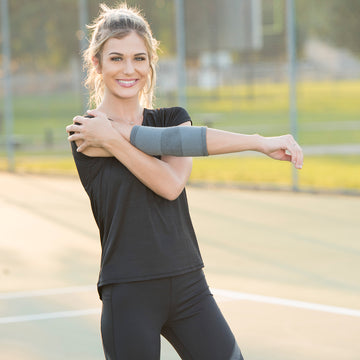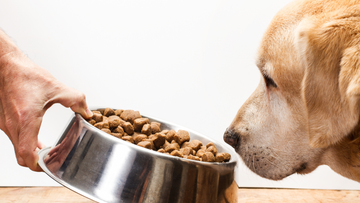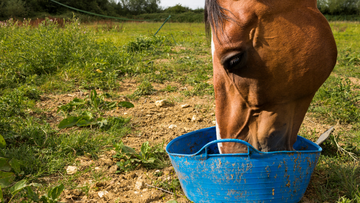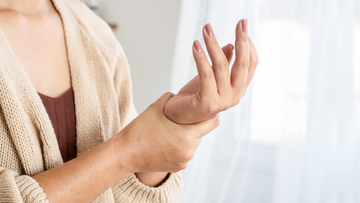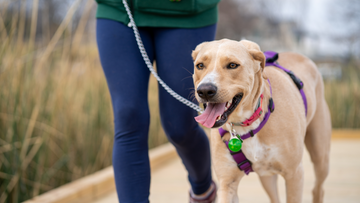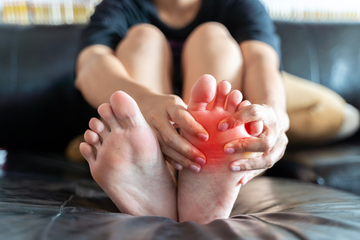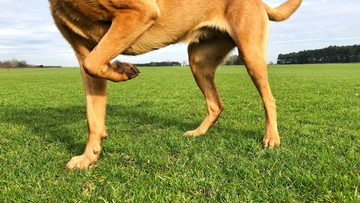How Does Exercise Increase Longevity?
Regular exercise reduces inflammation, builds strong and healthy muscles, and improves cardiovascular health. Inflammation is linked to many health and age-related illnesses and conditions, including:
- High Blood Pressure
- Diabetes
- Heart Disease
- Rheumatoid Arthritis
- IBDD (Inflammatory Bowel Disease)
- Asthma
- Some types of cancer - such as Colon Cancer
- Depression
- Neurodegenerative diseases such as Parkinson’s Disease
Inflammation is our body's natural response to injury or infection and can be very beneficial. But it can become a problem when inflammation hangs around too long or in healthy tissue. Inflammation can impede circulation, leading to the buildup of cholesterol-rich, fatty plaque, damaging the lining of arteries.
Blood circulation is essential to our body's overall function and health. Working out muscles and cardiovascular exercise can help to improve circulation. In addition to regular exercise, Support Socks are another great way to help improve circulation and reduce inflammation.
By supporting the veins in your legs, support socks apply additional pressure, improving circulation and enhancing the body's natural return of blood to the heart.
Our muscles release proteins that help reduce inflammation throughout the body through exercise. A bonus of exercise is that it releases mood-boosting endorphins that can immediately improve your mood and mindset!
How Hard Do I Need to Workout?
Because a sedentary lifestyle increases the risk of the age-related illnesses mentioned earlier, it’s important to start incorporating regular exercise into your daily routine. Exercise regimens differ depending on your age. Regardless of your age, The National Institute of Health suggests we include all four of these areas in our exercise program:
- Aerobic Exercise
- Balance
- Muscle Building
- Stretching
Folks 18 to 64 years old should get 2 hours and 30 minutes of moderate aerobic exercise each week, like bike riding or tennis. For those looking for a challenge, 1 hour and 15 minutes of high-intensity aerobic training should do the trick.
 Think swimming laps, running, or playing basketball. Strength training is key to building healthy muscle mass and increasing longevity. In addition to aerobic exercise, we should work on each major muscle group at least two days per week.
Think swimming laps, running, or playing basketball. Strength training is key to building healthy muscle mass and increasing longevity. In addition to aerobic exercise, we should work on each major muscle group at least two days per week.
If you’re over 65, you still require the same fitness level as younger adults. However, if you’ve been living a relatively sedentary lifestyle, don’t jump in too fast, only 5-10 minutes per day.
Exercise From the Comfort of Your Own Home
Getting out and exercising with friends or loved ones is great, but sometimes that’s not always possible. For those days when there just isn’t enough time, try any or all of these five exercises that you can do from the comfort of your own home:
Squats - Don’t let these intimidate you! You can modify squats to accommodate any fitness level. This exercise mimics movements that we do every day. You’ll fire up your glutes, legs, hips, and core. Add kettlebells or free weights to bring the upper body into the mix.
Sitting on the floor - That’s right! Sitting on the floor, cross-legged, and getting up repeatedly increases mobility. You're challenging your core muscles and balance by getting up and sitting back down.
Dancing - Dancing is a great cardiovascular exercise and fun too! So crank up your favorite tunes and shake those hips.
Yoga - There are multiple benefits to practicing yoga. Not only does it improve flexibility, but it also improves balance, prevents back pain, supports joint health, builds muscle, reduces stress, and builds self-confidence, just to name a few.
Jogging or a brisk walk - You can jog or walk indoors or outdoors. This one will stimulate your heart, increase lean muscle mass, and improve your mood.
Remember, slow and steady wins the race. Be kind, listen to your body, and consult your doctor before starting any exercise program.

